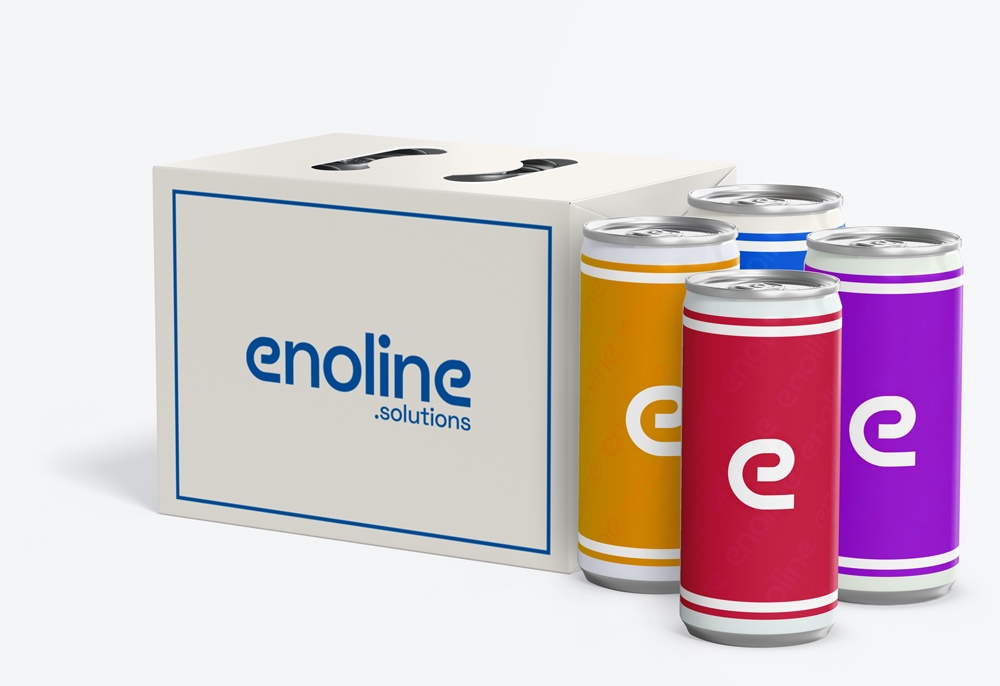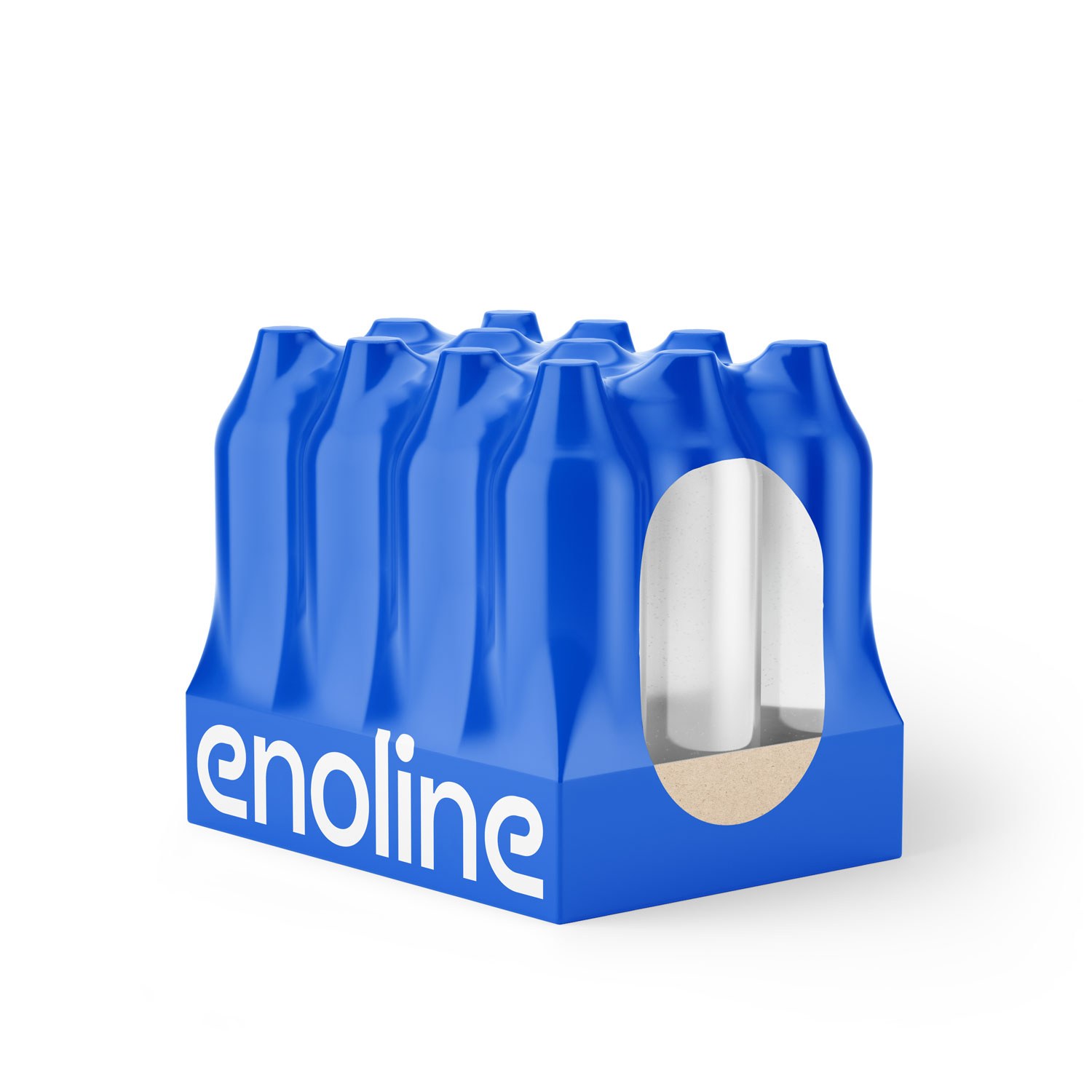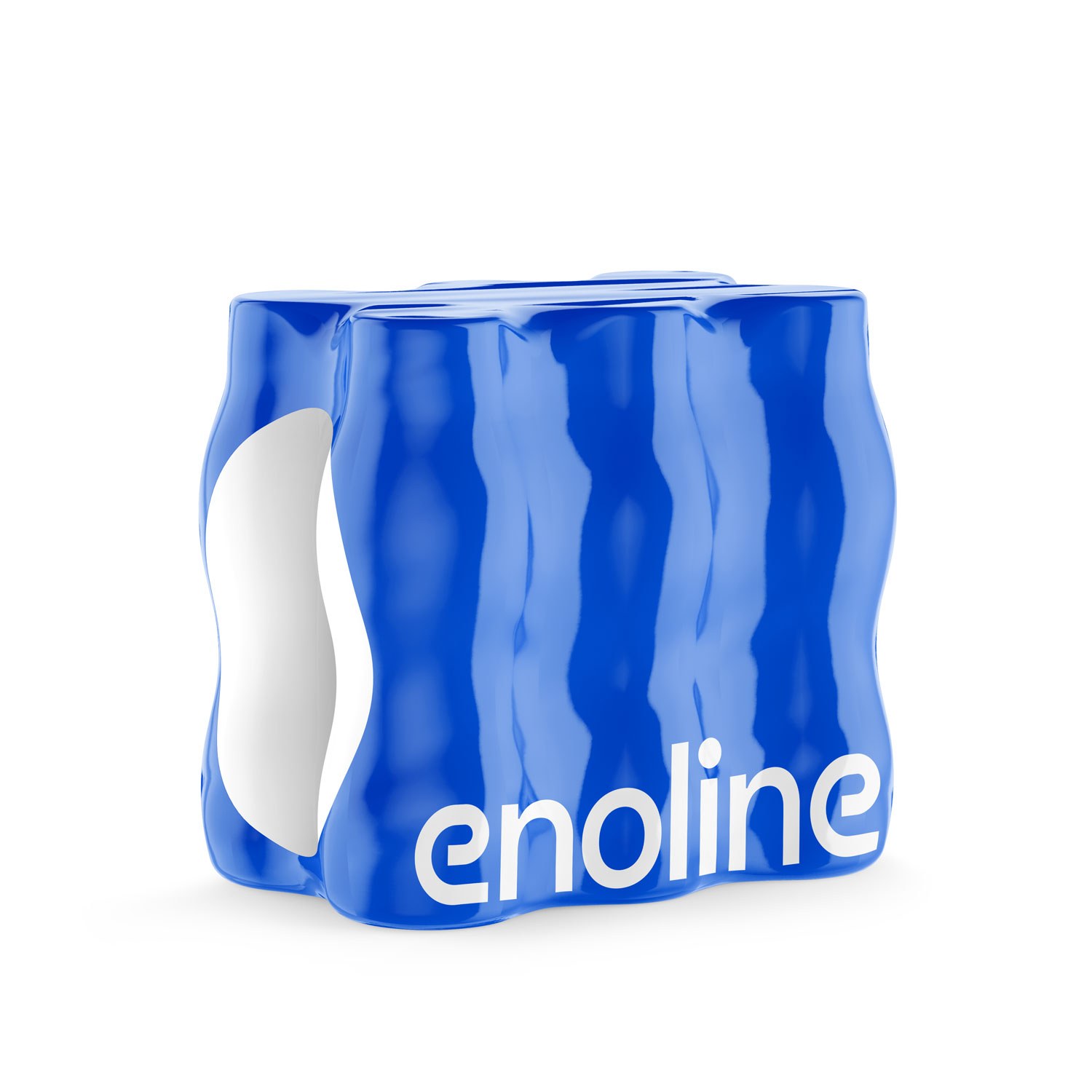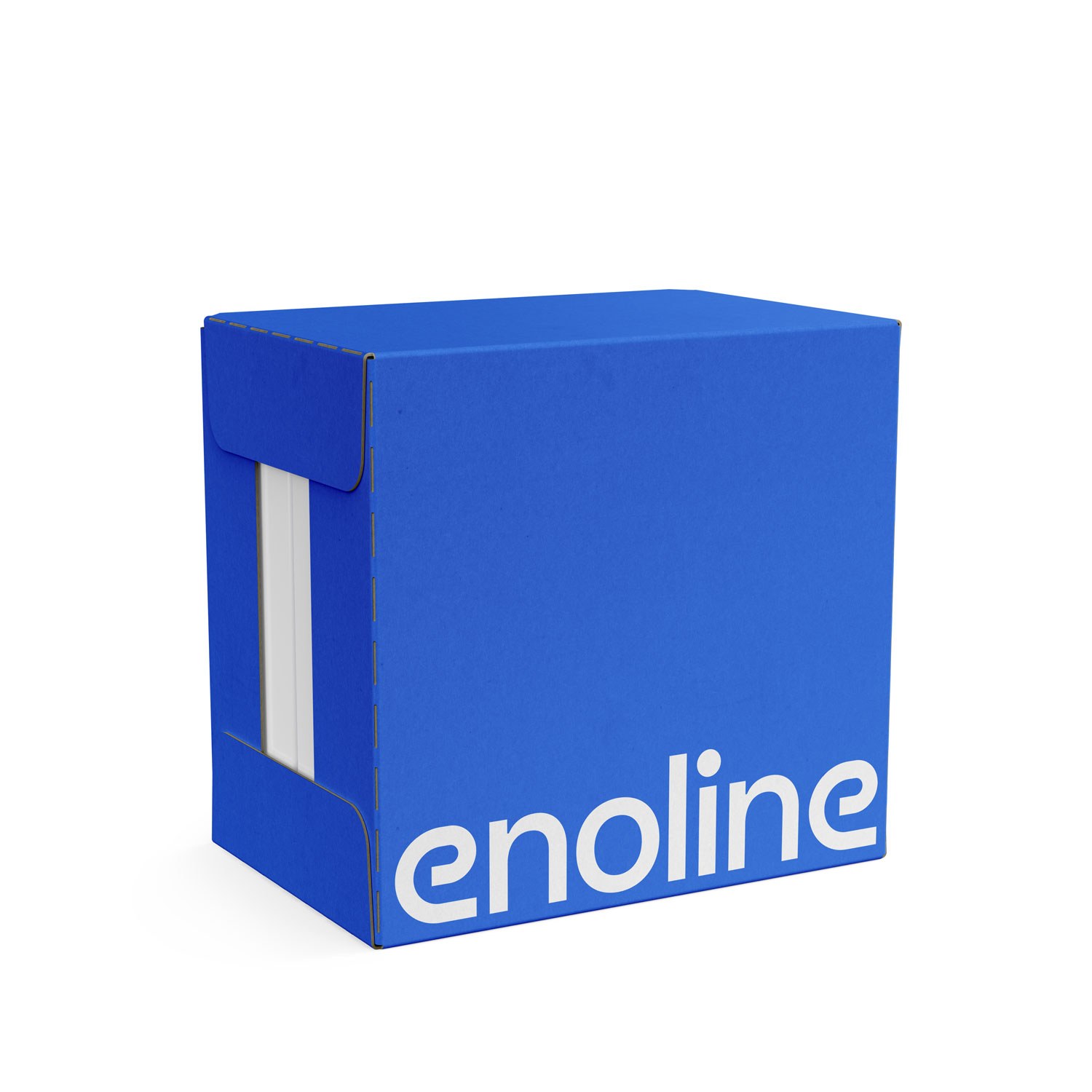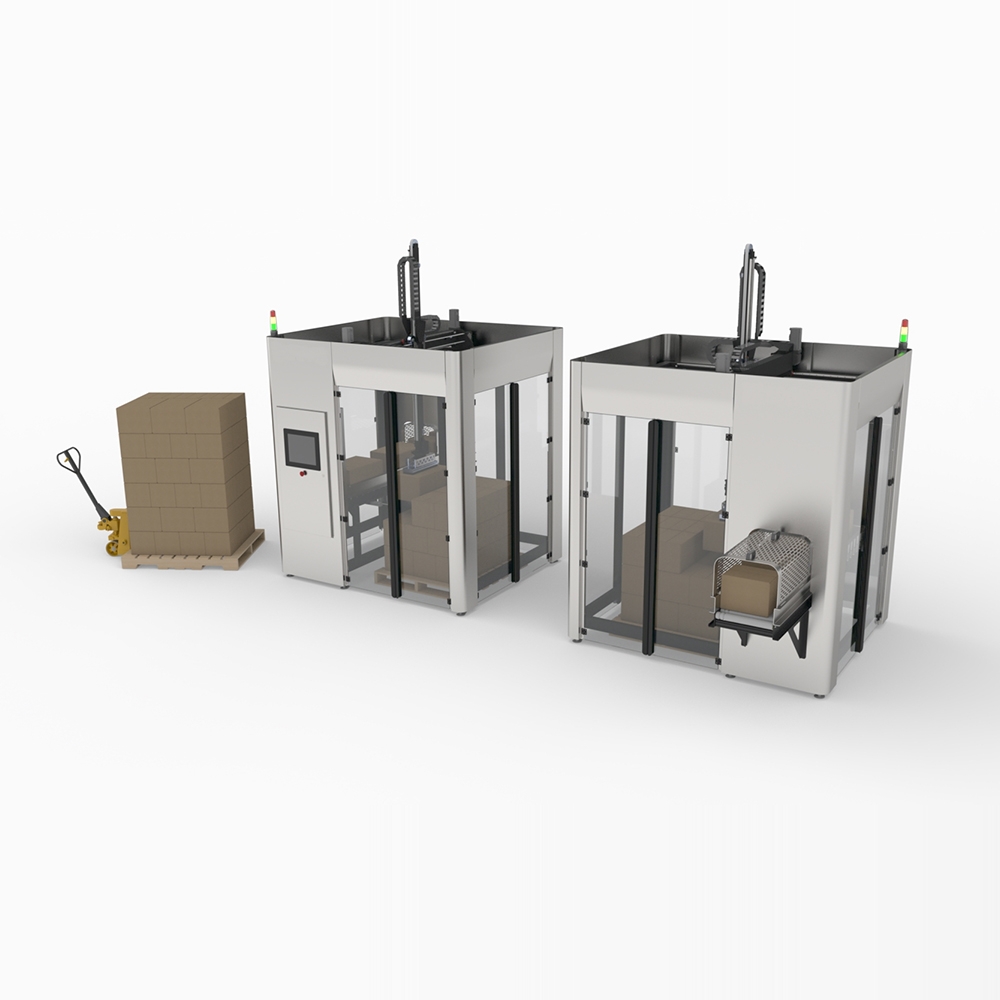June 23rd
Choosing the Right Packaging Equipment
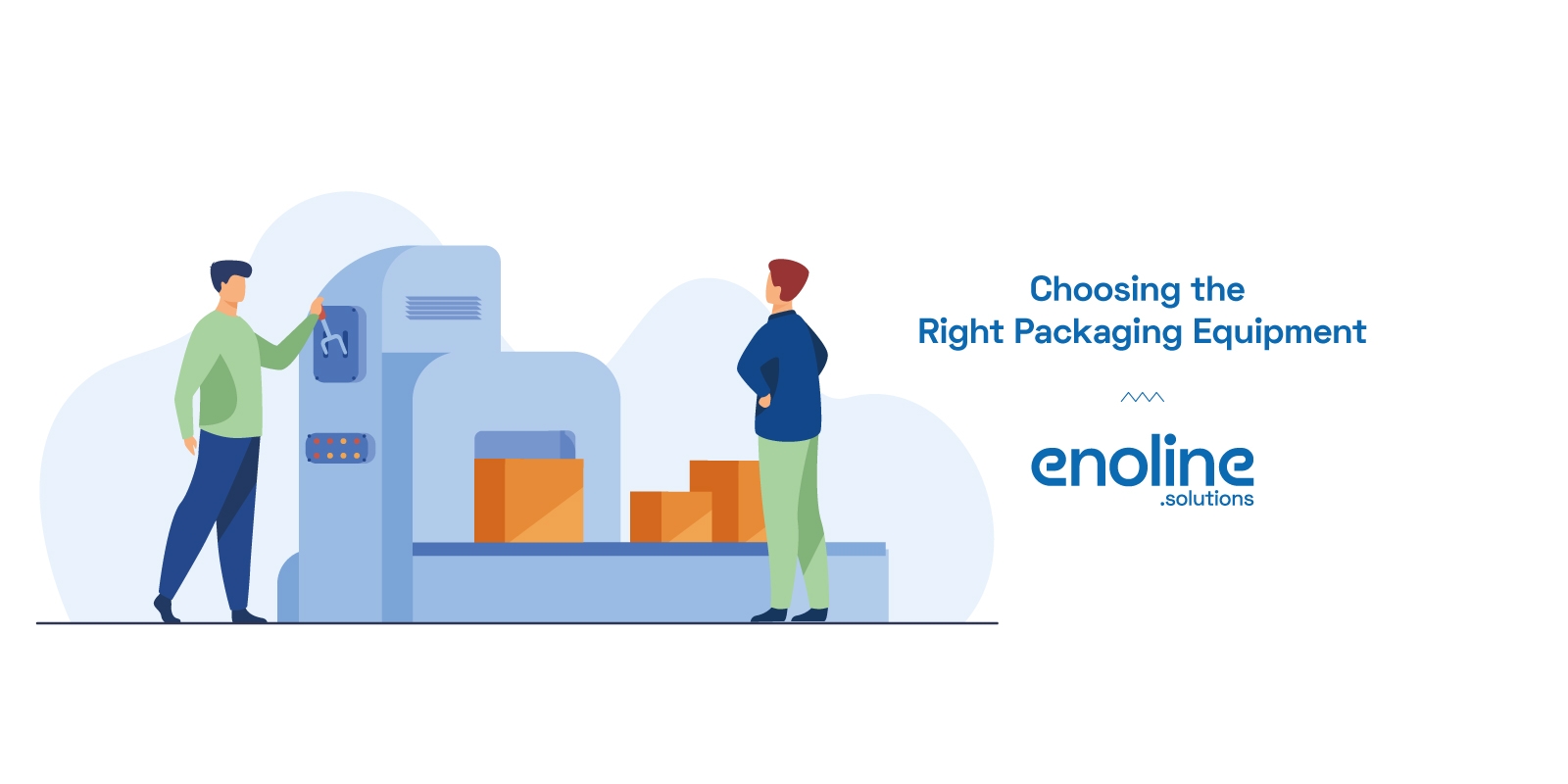
Selecting the right packaging equipment is crucial for businesses aiming to enhance efficiency, maintain product quality, and streamline operations. With a plethora of options available, making an informed decision can be challenging. This guide will help you navigate the key factors to consider when choosing packaging equipment, ensuring you make the best choice for your business needs.
Understanding Packaging Equipment
Packaging equipment encompasses a wide range of machinery used to pack products for distribution and sale. These machines automate the packaging process, improving speed, accuracy, and consistency. Common types of packaging equipment include:
• Fillers: Machines that dispense products into containers.
• Sealers: Equipment that seals packages to protect their contents.
• Labelers: Machines that apply labels to products or packaging.
• Case Packers: Equipment that packs products into cases or boxes.
• Palletizers: Machines that stack and arrange products on pallets for shipping.
Factors to Consider When Choosing Packaging Equipment
Choosing the right packaging equipment involves evaluating several critical factors to ensure it meets your business needs.
Product Specifications
Understand the specific requirements of your products. Consider factors such as size, shape, weight, and the type of packaging material used. Different products may require different types of packaging equipment.
• Tip: Create a detailed specification sheet for your products to guide your equipment selection process.
Production Volume
Assess your production volume and growth projections. High-volume production may necessitate more advanced and faster packaging equipment, while smaller operations might do well with simpler, more affordable machines.
• Tip: Choose equipment that can handle peak production loads without compromising performance.
Automation Level
Decide on the level of automation you need. Fully automated systems can significantly boost efficiency and reduce labor costs, but they come with higher upfront costs. Semi-automated or manual systems might be more suitable for businesses with lower production volumes or those looking to maintain some manual oversight.
• Tip: Balance the cost of automation with the potential efficiency gains and labor savings.
Integration with Existing Systems
Ensure the new equipment can seamlessly integrate with your existing production line. Incompatibility can lead to inefficiencies and require additional investment in modifications.
• Tip: Consult with equipment manufacturers to confirm compatibility and integration capabilities.
Flexibility and Scalability
Choose equipment that offers flexibility and scalability. Your packaging needs may evolve, and having equipment that can adapt to new products or increased production volumes can save future costs.
• Tip: Look for modular systems that can be easily upgraded or reconfigured as needed.
Quality and Durability
Invest in high-quality, durable equipment that can withstand the rigors of daily use. Reliable equipment minimizes downtime and maintenance costs, ensuring consistent production.
• Tip: Research and select reputable brands known for their reliability and longevity.
Safety Features
Safety should be a top priority. Ensure the equipment has adequate safety features to protect operators and prevent accidents.
• Tip: Verify that the equipment complies with industry safety standards and regulations.
Cost and ROI
Consider the total cost of ownership, including the purchase price, installation, maintenance, and operating costs. Calculate the potential return on investment (ROI) to determine if the equipment is financially viable.
• Tip: Develop a detailed cost-benefit analysis to guide your decision.
Types of Packaging Equipment
Understanding the different types of packaging equipment available can help you make a more informed decision. Here are some common types:
Filling Machines
Filling machines are used to dispense products into containers. They come in various types, including liquid fillers, powder fillers, and granular fillers. Choose a filler based on the type and viscosity of your product.
Sealing Machines
Sealing machines close packages securely to protect their contents. Options include heat sealers, vacuum sealers, and induction sealers. The choice depends on the packaging material and the required seal strength.
Labeling Machines
Labeling machines apply labels to products or packaging. They can handle various label types, including pressure-sensitive labels, shrink sleeves, and glue-applied labels. Choose a machine that matches your labeling requirements.
Case Packing Machines
Case packing machines automate the process of packing products into cases or boxes. They are available in different configurations, such as top-load, side-load, and wrap-around case packers.
Palletizing Machines
Palletizing machines stack and arrange products on pallets for shipping. They can handle various product types and pallet configurations, improving shipping efficiency and stability.
Maintenance and Support
Regular maintenance and reliable support are essential for keeping your packaging equipment running smoothly. Here’s what to consider:
Preventive Maintenance
Implement a preventive maintenance schedule to keep your equipment in top condition. Regular inspections, cleaning, and part replacements can prevent breakdowns and extend the equipment’s lifespan.
Manufacturer Support
Choose equipment from manufacturers that offer robust support services. This includes technical support, training, and readily available spare parts.
• Tip: Establish a maintenance contract with the manufacturer to ensure prompt service and support.
Conclusion
Selecting the right packaging equipment is a critical decision that can significantly impact your business’s efficiency and profitability. By considering factors such as product specifications, production volume, automation level, integration, flexibility, quality, safety, cost, and maintenance, you can make an informed choice that meets your needs. Investing in the right equipment will not only improve your packaging process but also contribute to your overall business success.
FAQs
What factors should I consider when choosing packaging equipment?
Key factors include product specifications, production volume, automation level, integration with existing systems, flexibility, quality, safety, cost, and maintenance.
How does automation impact packaging equipment selection?
Automation can increase efficiency and reduce labor costs, but it also involves higher upfront costs. The level of automation needed depends on your production volume and business goals.
Why is integration important when selecting packaging equipment?
Integration ensures that new equipment works seamlessly with your existing production line, avoiding inefficiencies and additional costs for modifications.
What types of packaging equipment are available?
Common types include filling machines, sealing machines, labeling machines, case packing machines, and palletizing machines, each serving different packaging needs.
How can I ensure the longevity of my packaging equipment?
Implement a preventive maintenance schedule and choose equipment from manufacturers that offer robust support services, including technical support and readily available spare parts.
Let us find the best machine for your company !
